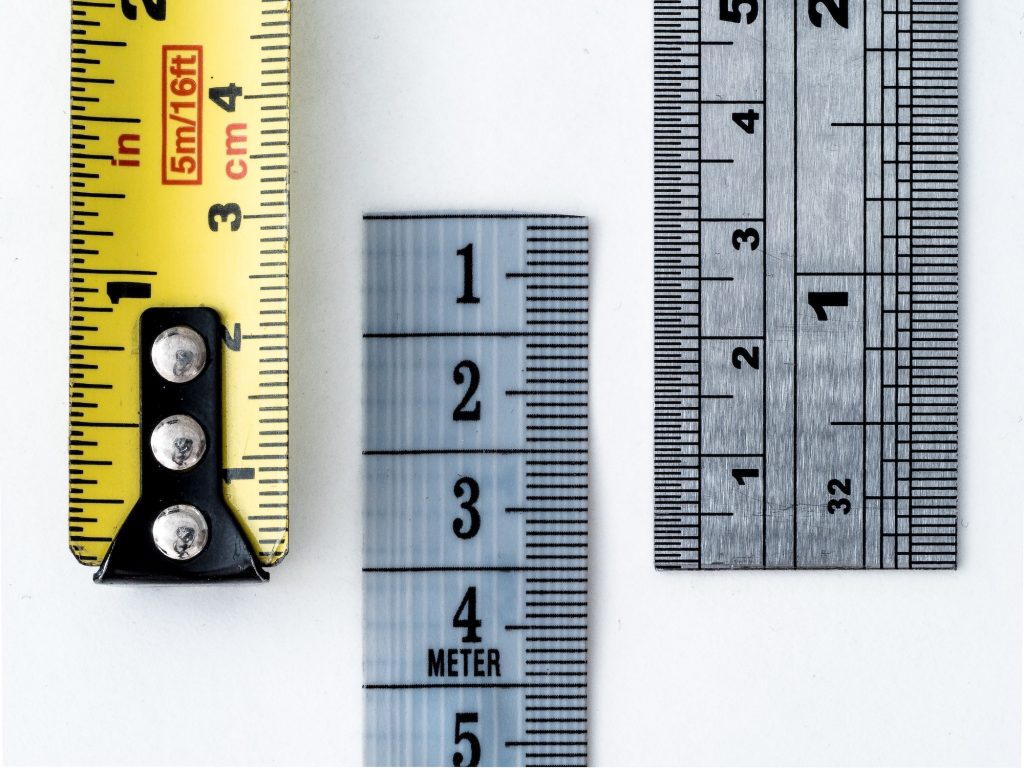To complement our series of QuickReads covering measurement, we will now explore Failure Demand (FD).…

Quick Glance Case Study: Service Performance Measures
“The Lean review has facilitated the creation of a meaningful set of customer-focused quality measures, which have allowed our business to identify existing bottle necks and defects, and also understand the root cause of issues”
After completing a ChangeWise Lean Practitioner training course, one candidate submitted the following work-place project to gain their qualification to LCS Level 1c.
The Business Challenge
As an organisation driving a continuous improvement mindset, we were focused on influencing the proportion of service repairs in the work queue that were reactive (identified by a customer as a result of impact to service), versus proactive (identified by an internal resource prior to any impact to customer service), to 20% reactive/ 80% proactive.
The driver for this was to improve service delivery and mitigate any adverse impact on regulatory KPI’s (our measure of customer dissatisfaction), and deliver the repairs more cost effectively by adopting a planned approach.
At the outset of the initiative, there were no baseline measure in place to validate current performance, and hence nothing against which to assess achievement of the 20/80 target. Additionally , no strategy existed for how the reactive and proactive work queues were to be defined/ measured, no reporting mechanism, governance or plan, for how the delivery route would move up the continuum to ultimately reach the 80 % proactive work volume.
A Lean review was required to create a process for measuring the performance of the service repair process.

Photo by William Warby on Unsplash
Key people involved from client site
A strategy group made up of the Service Management Team and Optimisation Management Team was created to define the approach to strategy development, a wider group of stakeholders were later identified to get involved in the various elements of solution delivery.
Lean Methodology Employed
DMAIC (Define, Measure, Analise, Improve, Control)
Various Lean methodologies were employed including, Creation of CTQs, Root Cause Analysis, Cause & Effect, Value and Non-Value Add Analysis, 5 Whys, Impact Matrix
Lean Activities
Due to the nature of the challenge being around creating a new process/measure as opposed to dealing with issues in the existing process, the first step involved holding initial workshops to define a set of CTQ (Critical to Quality) measures. This provided a ballpark view of baseline performance.
Additional workshops were then held to develop a process approach for creating a dashboard to establish baseline performance and measure progress moving forwards.
The dashboard also enabled the team to initiate root cause analysis of the fluctuations in work queues.
A matrix was developed to allow impact assessment of an initiative, and the sliding scale impact it may have on the proactive or reactive work queues – and to what extent overall this will influence the 80% target. If the initiative would increase planned more than it would reduce reactive (Red), have neutral impact on volumes or would increase planned by more but for the same cost (Amber) or would increase planned by less than the reduction in reactive (green). From this, initiatives were prioritised into levels of complexity and an assessment made of the likely impact on target using the matrix developed.
A workshop was held with wider stakeholders to present the strategic approach, validate the dashboard, look at baseline performance and understand year end output. As part of this process we looked at the 5 whys cause and effect regarding reasons why the target might not be achieved. This process served to identify bottlenecks or blockers in the process that were impacting the target.
Waste Analysis helped to identify a number of actions that could be taken to mitigate key issues.
Creation of a quarterly Governance Model to track progress and take appropriate corrective or preventative action to safeguard the target.
Benefits and Outcomes
The creation of a reactive to proactive model/dashboard, incorporating:
- Clear CTQ’s which would tell a clear story of what we were planning to measure and how this would enable tracking of both costs and proportional changes in the work queue.
- Clear visibility of the order of approach for initiatives to ensure maximum impact on the target, and allow for an assessment of the year and forecast to be made.
- A new, documented process to ensure continuity and consistency of reporting due to the changing nature of the data and process over time.
- A Governance Model to track the process and ensure Continuous Improvement.

Photo by Kyle Glenn on Unsplash
In Summary
The Lean review has facilitated the creation of a meaningful set of customer-focused quality measures that has allowed us to set customer improvement and efficiency targets. We are also in a position to easily and quickly identify existing bottle necks and defects – and understand the root cause of the issues.
Lean techniques have helped us to evaluate solutions and understand which options will offer the biggest impact on our targets and bottom line. The shift from a reactive to a planned service delivery will increase customer satisfaction and provide us with a footprint for other service models going forward.
Interested in looking at how a more proactive measure and approach to service delivery could increase your customer satisfaction scores and help save your business time and money? Contact us at info@changewise.co.uk and let’s talk about how we can help.
ChangeWise believes employee engagement is the foundation for successful Change. Training and coaching your people to use simple continuous improvement techniques will enable your organisation to continuously adapt and stay ahead in a constantly changing and challenging environment.
For updates and interesting Lean Change insights, connect with us on LinkedIn.



